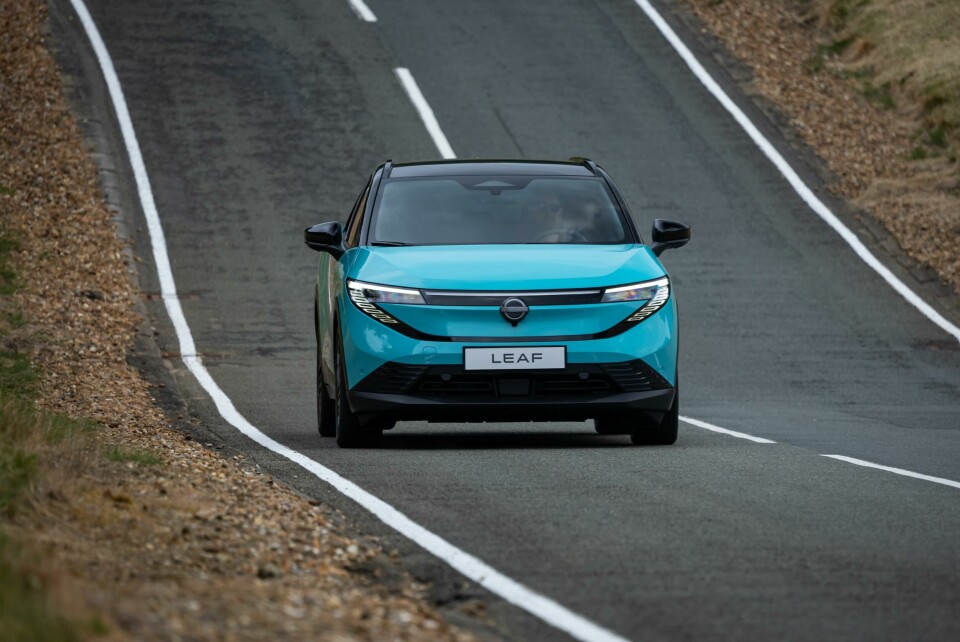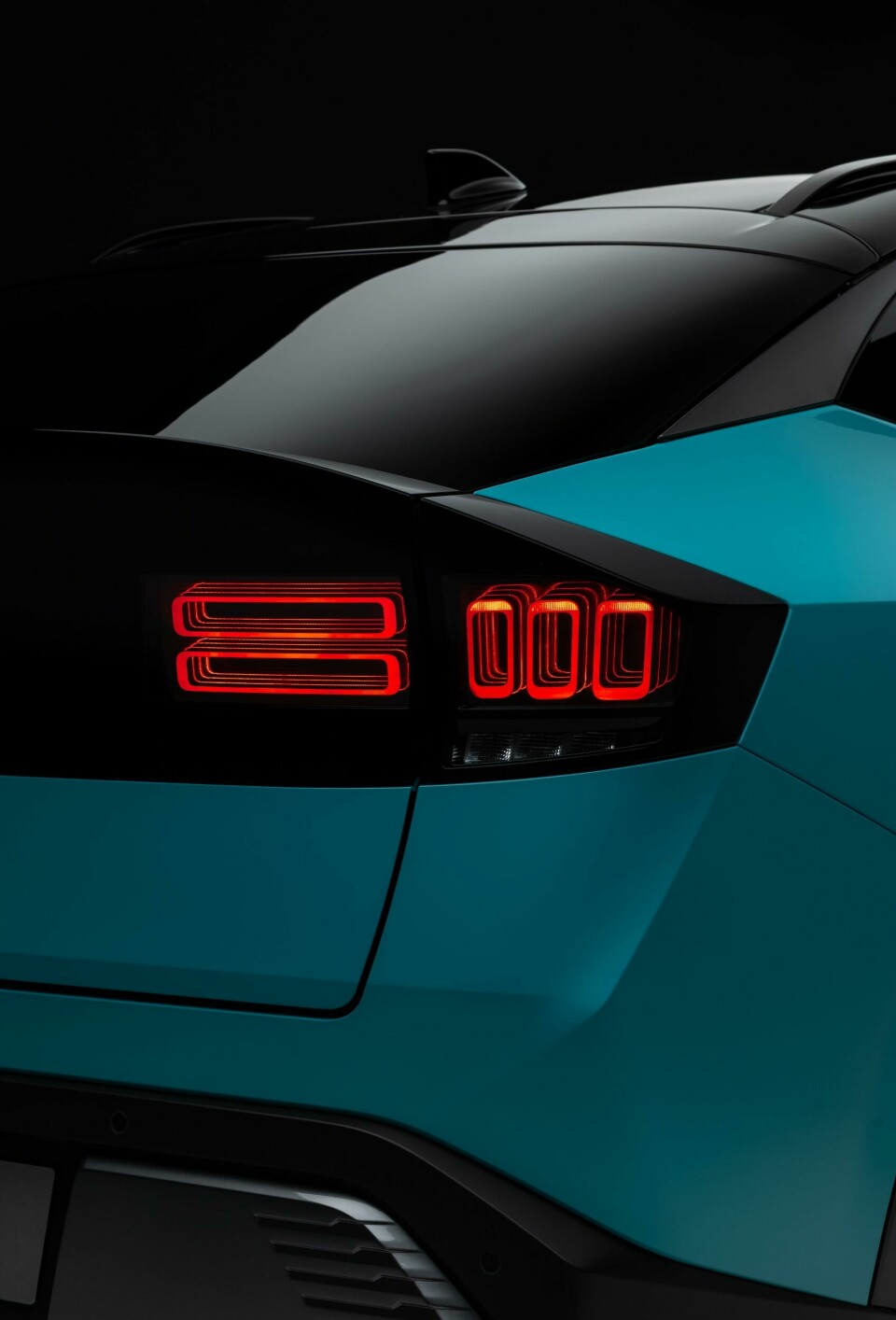
Nissan Leaf branches out into crossover segment
Nissan spearheaded the modern era of electric cars back in 2009, but after being swamped by competitors in recent years, the third generation has branched out into the crossover segment. Mark Smyth took a closer look at it in Sweden
The Nissan Leaf was the champion of the introduction of electric cars to the global mass market. Launched in 2009, the same year Tesla gave us the concept of the Model S, the Leaf hit the market almost immediately and went on to sell more than 700,000 across its first two generations.
Designed by Inoue Masata and the team at the Nissan Technical Centre in Japan, the Leaf showcased Nissan’s design language of ‘smart fluidity’, taking inspiration from nature, specifically the way marine life moves through the water. This focus on aerodynamics was key to maximise on driving range and efficiency, but the Leaf was able to benefit from the early adopters in the market, a market where it had very little competition.
Today it is definitely not the only leaf on the tree, with hundreds of rivals, all of which are going to make the new Leaf a much harder sell. That is probably why the designers have switched the former hatchback into the popular crossover segment, but Giovanny Arroba, VP of Nissan Design Europe, insists it is not simply another crossover.
“We knew the importance of Leaf as the EV pioneer,” he says. “For us it is one of our heartbeat models and we did a lot of soul-searching about what Nissan is. In the design studio we asked, “What is Nissan-ness, what is the DNA of Nissan?””
He says the team found that Nissan-ness in the brand’s design and innovation of the 1990s, not that the Leaf subscribes to the sort of retro design we have seen with models like the Renault 5 and its sibling, the ‘Renaussan’ Micra.

“We were inspired by the cars of the 90s era which were super flush, super sleek,” he says. “There was a playfulness in the graphics and in the way the cars were tailored. The question was how do we bring some of this Nissan heritage and DNA and combine it with our pioneering spirit.”
The answer is most evident at the rear of the new Leaf, which is dominated by a black duck-tail containing the tail-lamps, reminiscent of the Nissan 300ZX and even the 240Z before it. Those tail-lamps feature a key graphic element present throughout the new model, vertical and horizontal lines representing the Japanese numbers 2 (ni) and 3 (san). The graphic also features on the outside and inside of the charge flap.
“For us, creating a symbol or an icon that represents 2 and 3 was an impactful way to communicate or amplify the brand and bring a bit of charm to the car and a little bit of digital Zen,” says Arroba.
It’s evident that there is a focus on this element, because the rest of the exterior design is less about nostalgia and emotion and more about packaging and the science of aerodynamics.
“The design language is really about how can we get the most range out of the powertrain,” he says. “The silhouette is shaped in the wind tunnel, by the science, but the core of the segment is as a family car.”
That is the main reason the Leaf has become a crossover, providing a combination of range, style, practicality and interior space. Arroba describes the interior as being about sensibility, an area that can be used as much on the move as when the car is stationary. That is particularly true of the two 14-inch digital screens that dominate the top of the IP.
“The digital frontier is really our new design frontier as well,” he says. “Our designers call it ‘phygital’, the combination of physical space and digital space. The IP is almost a stage for the digital theatre that sits on top, which you engage with as you drive, but we’re also using our cars in new ways. Even when you’re not moving we wanted the space to be functional and fun.”
Much of that fun can be found in the UI with access to YouTube, Google and games, but the fun factor can also be found in the panoramic roof. Rather than incorporate a sliding screen, the designers and engineers collaborated to create an opaque pattern that moves across the length of the curve, similar to the latest Audi A6 E-tron but with more playfulness. In the Leaf it represents the abstract movement of a cloud, a Japanese term known as ‘Kasumi Monyo‘. There’s a Leaf graphic too and the first of a couple of gingko leaves, one projected into the interior space and another on the wireless charging pad.
It’s all very different to the Leaf of the past sixteen years and the move to a new genre risked adding it to a pool of generic-looking crossovers, a very real danger when styling is dictated by the science of a wind tunnel. It’s a danger Arroba and his team were very aware of throughout the project, but he is confident that they have got it right.
“At the time of hitting the drawing board, there was really nobody with this silhouette,” he says. “The Volkswagen ID.3 is our direct competitor and the new Leaf is nothing like that, even the Kia Niro is very different. We’re all given the same amount of budget, but how do we use it and provide the biggest impact to our customers? It is difficult.”
Even so, there are signs of an evolving design language, from the illuminated Nissan logo at the front, through the high fenders, sculpted profile and kick-up of the c-pillars, but Arroba says the character of the car comes through in the different approach to key signature items and again comes back to the rear design.
“You see the horizontal line of light across the back of so many cars in this segment, we even did it with the Ariya when it was on trend, but we didn’t want to do that with this car, we wanted something memorable and iconic. The tail-lamp is where we created the signature of 2-3, something impactful and iconic without reverting to the very easy formula of a connected light blade across the back. I feel things like that give this car its own personality, helping it stand out amongst our competitors to celebrate Nissan-ness and amplify Leaf.”
The new Leaf will hit the market in the fourth quarter of 2025, by which time there will be even more crossovers. In the meantime, the Nissan design team turn their focus to the next generation Juke and a brand new A-segment model with Renault that is due in a couple of years.





























